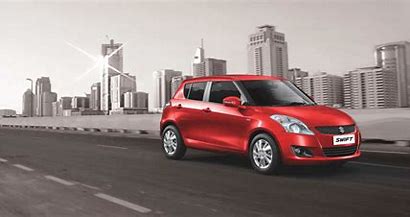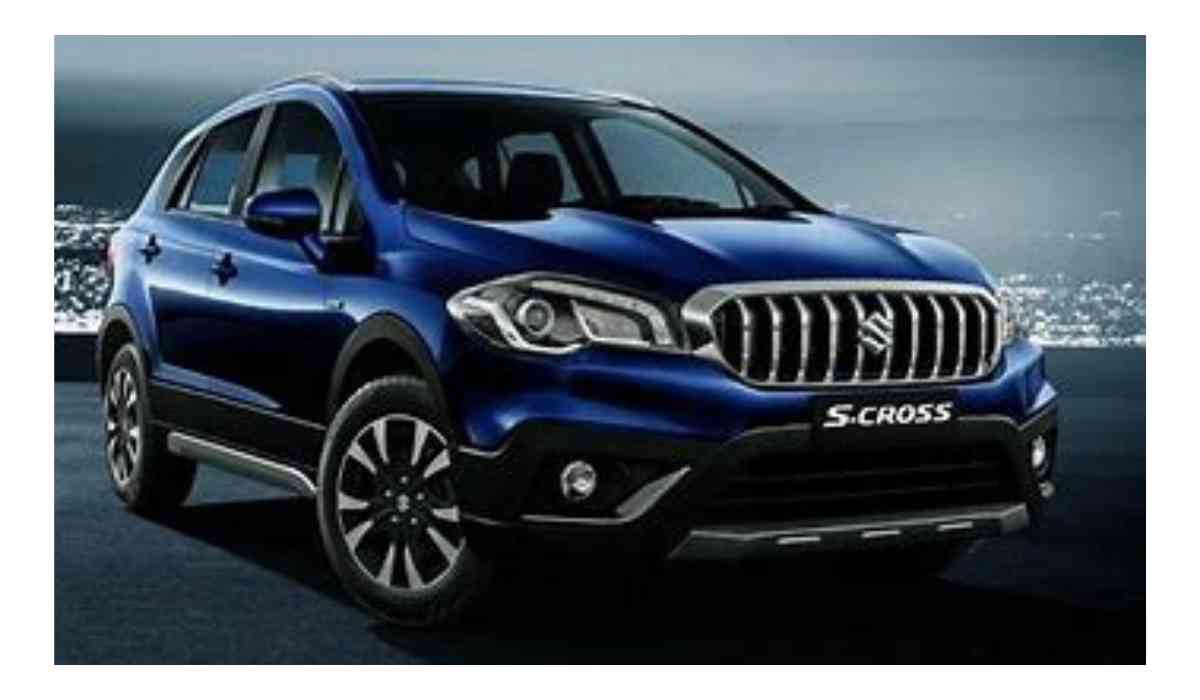
ALSO READ: KFC's Move from Kentucky to Texas: What Does It Mean for the Iconic Fast Food Brand?
Maruti Suzuki, the leading car manufacturer in India, has set an ambitious target to secure 50% of the passenger vehicle (PV) market share by 2030. Currently holding approximately 41-42% of the market, the company plans to reach this goal through a strategic mix of new product introductions, an enhanced emphasis on electric vehicles (EVs) and hybrid models, and an increase in production capacity.
Expanding Product Range
To solidify its market leadership, Maruti Suzuki is implementing a bold product strategy that involves launching new models across various segments. The company will prioritize:
• Affordable EVs and Hybrids: Acknowledging the rising trend towards sustainable transportation, Maruti Suzuki intends to introduce six EV models by 2030. These vehicles will target the entry-level and mid-range segments, making electric mobility more attainable for Indian consumers.
• SUV and MPV Growth: With the surging demand for SUVs and multi-purpose vehicles (MPVs), Maruti Suzuki plans to enhance its offerings in these categories. The recent popularity of models like the Grand Vitara and Fronx underscores the company’s commitment to this expanding market.
• CNG and Flex-Fuel Vehicles: In addition to EVs, Maruti Suzuki is also focusing on alternative fuel technologies, such as CNG and flex-fuel vehicles, to meet the needs of customers looking for economical and fuel-efficient solutions.
Increasing Production Capacity
To support its ambitious market share target, Maruti Suzuki is ramping up its production capacity. The company is:
•Building New Manufacturing Plants: A new production facility is under development in Haryana, expected to be operational by 2025. This will significantly enhance Maruti Suzuki’s manufacturing capabilities.
•Optimising Supply Chain and Localization: The company is investing in localizing key components to reduce dependency on imports and improve cost efficiencies, especially in the EV segment.
Electrification and Sustainability Strategy

Maruti Suzuki’s roadmap to achieving 50% market share also involves a strong push for green mobility. The company is aligning with the Indian government’s vision for electric and sustainable transportation through:
•Investment in EV Infrastructure: The brand is working with partners to expand charging networks and battery production facilities in India.
•Hybrid and Strong-Hybrid Technology: Given India’s current EV infrastructure challenges, Maruti Suzuki is betting on strong-hybrid models to offer a bridge between conventional internal combustion engine (ICE) vehicles and full-electric models.
Challenges and Competitive Landscape
Maruti Suzuki is pursuing a robust growth strategy, yet it encounters stiff competition from rising contenders like Tata Motors and Hyundai, both of which are swiftly gaining ground in the electric vehicle (EV) and SUV markets. Moreover, elements such as global supply chain issues, escalating production costs, and evolving government regulations regarding emissions and fuel efficiency will significantly influence the company's trajectory.
Navigating the Road Ahead
Maruti Suzuki aims to capture a 50% market share by 2030, underscoring its dedication to innovation, sustainability, and meeting consumer needs. By making strategic investments in electric vehicles, hybrids, and alternative fuel options, along with expanding its production capabilities, the company is poised to reinforce its dominance in the Indian automotive sector. Nevertheless, its success in overcoming competitive pressures and market obstacles will be critical in achieving this ambitious goal.
With inputs from agencies
Image Source: Multiple agencies
*The views expressed are personal to the author and do not reflect the platform's opinion of the same.
© Copyright 2024. All Rights Reserved Powered by Vygr Media.
Author's profile:
Arhan Ali is a sharp observer of economic and political currents, known for blending keen analysis with a dash of wit. Whether dissecting global trade wars or taking a playful jab at social absurdities, his writing strikes the perfect balance between intellect and irreverence.


















